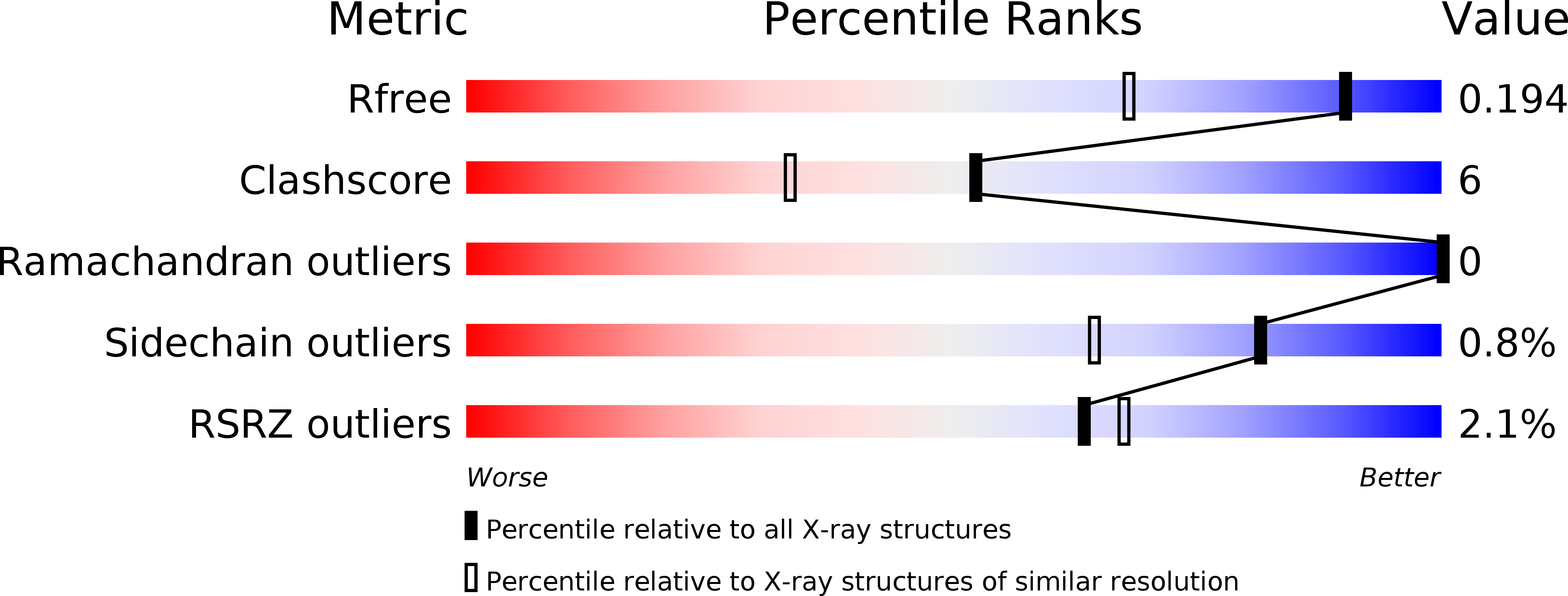
Deposition Date
2013-06-18
Release Date
2014-02-05
Last Version Date
2024-10-30
Entry Detail
Biological Source:
Source Organism:
Staphylococcus aureus (Taxon ID: 282458)
Host Organism:
Method Details:
Experimental Method:
Resolution:
1.48 Å
R-Value Free:
0.19
R-Value Work:
0.14
R-Value Observed:
0.14
Space Group:
P 1 21 1


